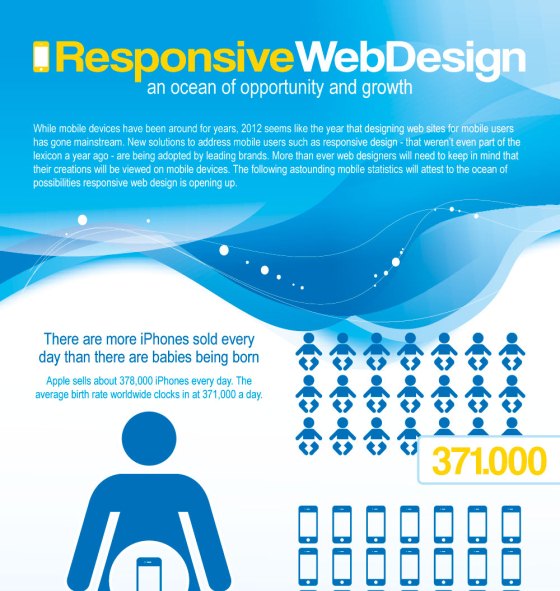Interested In Finding Out Exactly How Web Site Style Has Altered For Many Years? Check Out The Trip
Interested In Finding Out Exactly How Web Site Style Has Altered For Many Years? Check Out The Trip
Blog Article
Produced By-Kahn Lunde
In the past, internet sites were simple and concentrated on information. Navigation was direct, and layout was for desktop computers. Currently, user experience is vital. Information overviews styles for simple navigating. Receptive designs fit various tools. Today, dark setting minimizes strain, and minimalist food selections improve navigation. Interactive attributes involve users, and strong visuals attract attention. AI integration enhances involvement. See just how design has evolved to improve your online journey.
Very Early Days of Web Design
In the very early days of website design, simplicity reigned supreme. Internet sites were standard, with restricted shades, typefaces, and formats. The focus got on giving info instead of fancy visuals. Individuals accessed the web with slow-moving dial-up connections, so speed and performance were key.
Navigating food selections were straightforward, usually located at the top or side of the page. Internet sites were developed for home computer, as mobile browsing had not been yet widespread. Material was king, and developers prioritized easy readability over complex style components.
HTML was the main coding language made use of, and developers had to work within its restraints. Animations and interactive attributes were minimal compared to today's requirements. Internet sites were fixed, with little vibrant material or tailored user experiences.
Rise of User-Focused Design
With the development of site layout, a change towards user-focused design concepts has actually become progressively famous. Today, producing web sites that focus on customer experience is essential for engaging site visitors and accomplishing business goals. User-focused style entails recognizing the needs, preferences, and actions of your target market to customize the internet site's design, web content, and features accordingly.
on front page conduct extensive study, such as individual surveys and functionality screening, to collect understandings and responses straight from individuals. This data-driven method assists in producing instinctive navigating, clear calls-to-action, and aesthetically enticing user interfaces that resonate with site visitors. By positioning the individual at the facility of the layout procedure, web sites can supply a much more personalized and satisfying experience.
Receptive style has additionally emerged as a key element of user-focused design, making sure that internet sites are maximized for various tools and screen dimensions. This adaptability boosts accessibility and use, dealing with the diverse ways customers interact with internet sites today. Basically, the surge of user-focused style indicates a change in the direction of creating digital experiences that focus on the demands and assumptions of completion customer.
Modern Trends in Website Design
Check out the most up to date fads shaping web design today. One popular trend is dark mode style, providing a sleek and modern-day look while minimizing eye pressure in low-light settings. Another vital pattern is minimalist navigation, streamlining menus and boosting user experience by focusing on essential elements. Including micro-interactions, such as animated switches or scrolling effects, can create a more engaging and interactive web site. Responsive style stays important, making sure smooth customer experiences across various tools. In addition, making use of vibrant typography and asymmetrical layouts can include visual rate of interest and accentuate details material.
Integrating AI innovation, like chatbots for customer support or individualized referrals, enhances user interaction and simplifies procedures. Ease of access has additionally come to be a substantial trend, with developers prioritizing comprehensive design methods to accommodate diverse customer needs. Welcoming sustainability by maximizing website efficiency for rate and effectiveness is one more arising trend in web design. Collaborating with customer comments and information analytics to iterate and boost style continually is necessary for staying appropriate in the ever-evolving digital landscape. By welcoming these modern trends, you can develop an aesthetically attractive, user-friendly internet site that resonates with your target market.
Final thought
As you assess the advancement of site layout from the very early days to currently, you can see how user-focused layout has come to be the driving pressure behind modern patterns.
Accept the journey of modification and adjustment in web design, constantly keeping the individual experience at the forefront.
Keep existing with the most up to date patterns and innovations, and never stop advancing your technique to create visually magnificent and user-friendly internet sites.
Evolve, adapt, and create - the future of website design remains in your hands.
